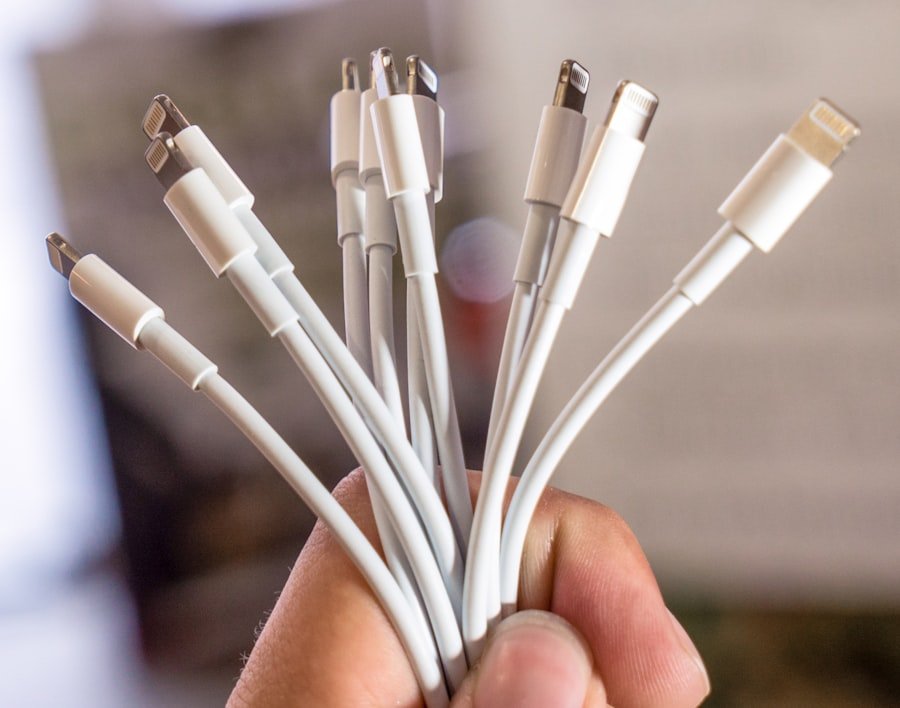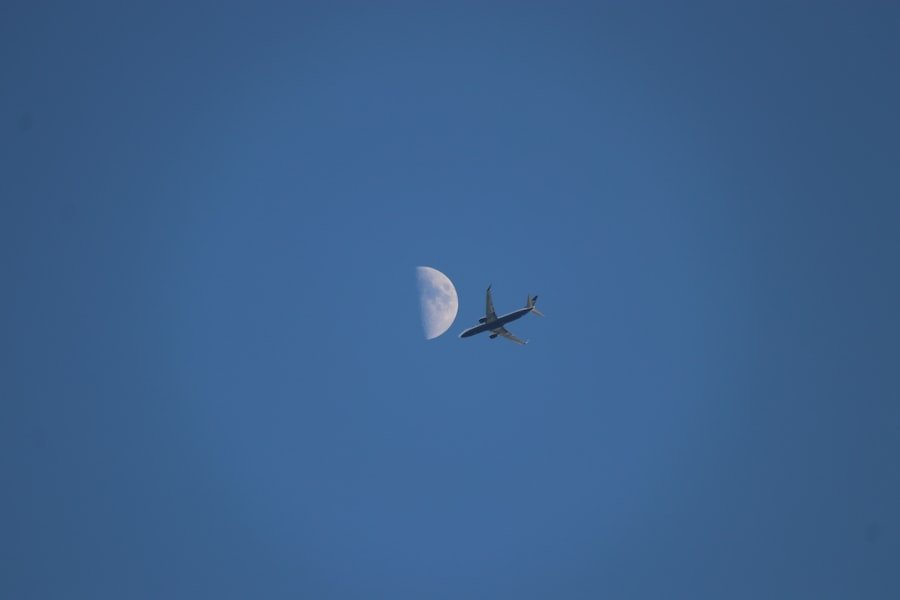In an era where digital music consumption has become ubiquitous, the ability to transfer music between devices is a crucial skill for many users. The iPod, once the flagship device for music lovers, has seen a decline in usage as smartphones, particularly the iPhone, have taken center stage. However, many individuals still cherish their iPod libraries, filled with carefully curated playlists and nostalgic tracks.
Transferring music from an iPod to an iPhone can seem daunting, especially for those who are not tech-savvy. Yet, understanding the process can unlock a treasure trove of beloved songs and albums, allowing users to enjoy their music on a more versatile and powerful device. The transition from iPod to iPhone is not merely about moving files; it represents a shift in how we interact with our music.
The iPhone offers advanced features such as streaming services, high-quality audio playback, and seamless integration with various apps.
However, the challenge lies in the fact that these two devices operate on different platforms and may have different restrictions regarding file transfers. This article aims to provide a comprehensive guide on how to effectively transfer music from an iPod to an iPhone, while also addressing potential limitations and offering solutions to common issues that may arise during the process.Key Takeaways
- Transferring music from iPod to iPhone can be done using iTunes or third-party software.
- Limitations of transferring music between devices include compatibility issues and file format restrictions.
- To transfer music using iTunes, connect both devices, select the iPod music, and sync it to the iPhone.
- Third-party software can also be used to transfer music by selecting the desired songs and initiating the transfer process.
- Organize and manage transferred music on iPhone by creating playlists and using music management apps.
Understanding the limitations of transferring music between devices
Before diving into the methods of transferring music, it is essential to understand the limitations that users may encounter. One of the primary challenges is the digital rights management (DRM) protection that many songs possess. DRM is a technology used by record labels and distributors to control how their music is used and shared.
If your music library includes songs purchased from the iTunes Store before 2009, they may be protected by DRM, preventing them from being transferred directly to another device without authorization. Another limitation arises from the different software ecosystems that Apple has developed for its devices. The iPod typically syncs with iTunes on a computer, while the iPhone relies on either iTunes or Apple Music for music management.
This can create confusion for users who are accustomed to managing their music on one platform but need to navigate another for their iPhone. Additionally, if you have purchased music through different accounts or platforms, you may find that not all songs are available for transfer due to account restrictions or compatibility issues.
Step-by-step guide to transferring music using iTunes

Transferring music from an iPod to an iPhone using iTunes is one of the most straightforward methods available. To begin, ensure that you have the latest version of iTunes installed on your computer. Once you have confirmed this, follow these steps: 1.
Connect your iPod to your computer using a USB cable. Open iTunes if it does not launch automatically. Your iPod should appear in the upper-left corner of the iTunes window.
2. Click on your device icon and navigate to the “Music” tab in the sidebar. Here, you will see all the music currently stored on your iPod.
If you want to transfer all songs, ensure that “Sync Music” is checked. 3. If you prefer to select specific songs or playlists, choose “Selected playlists, artists, albums, and genres.” You can then check the boxes next to the items you wish to transfer.
4. After making your selections, click the “Apply” button in the lower right corner of the window. This will initiate the syncing process, transferring your chosen music from your iPod to your computer’s iTunes library.
5. Once the transfer is complete, disconnect your iPod and connect your iPhone using a USB cable. Select your iPhone in iTunes and navigate back to the “Music” tab.
6. Similar to before, choose “Sync Music” and select either “Entire music library” or “Selected playlists, artists, albums, and genres.” Make sure to include the songs you just transferred from your iPod. 7.
Click “Apply” again to sync the selected music to your iPhone. After this process is complete, you can disconnect your iPhone and enjoy your transferred music. This method is reliable and leverages Apple’s ecosystem effectively; however, it does require a computer with iTunes installed and may not be suitable for users who prefer a more direct approach.
Step-by-step guide to transferring music using third-party software
| Software | Supported Platforms | Transfer Speed | Cost |
|---|---|---|---|
| iTunes | Windows, Mac | Medium | Free |
| MediaMonkey | Windows | Fast | Free version available, paid version for advanced features |
| DoubleTwist | Windows, Mac, Android | Medium | Free version available, paid version for advanced features |
For those who find iTunes cumbersome or encounter issues during the transfer process, third-party software can provide a viable alternative for moving music from an iPod to an iPhone. Numerous applications are available that specialize in media management and can facilitate this transfer without the need for a computer-based platform like iTunes. One popular option is AnyTrans, which offers a user-friendly interface and robust features.
To use AnyTrans for transferring music, follow these steps: 1. Download and install AnyTrans on your computer. Launch the application once installation is complete.
2. Connect both your iPod and iPhone to your computer using USB cables. AnyTrans should automatically detect both devices.
3. In AnyTrans, select your iPod from the device list on the left side of the window. Navigate to the “Music” section where you will see all available tracks.
4. Select the songs or playlists you wish to transfer by checking their respective boxes. You can also use the “Select All” option if you want to move everything.
5. Click on the “To Device” button at the top of the window and choose your connected iPhone as the destination device. 6.
The software will begin transferring your selected music directly from your iPod to your iPhone without needing to sync through iTunes. 7. Once completed, you can disconnect both devices and check your Music app on your iPhone to ensure that all desired tracks have been successfully transferred.
Using third-party software like AnyTrans can simplify the process significantly and often provides additional features such as batch transfers and enhanced file management capabilities.
Tips for organizing and managing transferred music on iPhone
Once you have successfully transferred your music from an iPod to an iPhone, it’s essential to take some time to organize and manage your library effectively. A well-organized music library enhances your listening experience and makes it easier to find specific tracks or albums when needed. One effective strategy is to create playlists based on themes or moods.
For instance, you might have separate playlists for workout songs, relaxing tunes, or party anthems. This categorization allows for quick access during different activities or events without having to sift through your entire library each time. Additionally, consider utilizing features such as Apple Music’s “For You” section or curated playlists that adapt based on your listening habits.
This feature can introduce you to new artists or songs that align with your preferences while keeping your existing library fresh and engaging. Another tip is to regularly update your library by removing songs that no longer resonate with you or adding new tracks that pique your interest. This practice not only keeps your collection relevant but also ensures that you are continually discovering new music that enhances your overall experience.
Troubleshooting common issues during the transfer process

Songs Not Transferring Due to DRM Restrictions or Compatibility Issues
If you find that certain tracks are not appearing on your iPhone after syncing, check whether they are protected by DRM or if they are in a format unsupported by Apple Music.
Connectivity Problems Between Devices
Transfer Process
Ensure that both devices are adequately charged and that USB cables are functioning correctly. If you experience persistent connection issues with iTunes or third-party software, try restarting both devices and reconnecting them before attempting the transfer again.
Error Messages During Syncing with iTunes
If you encounter error messages during syncing with iTunes, consider resetting sync history by going to Preferences > Devices > Reset Sync History in iTunes settings. This action can often resolve minor glitches that prevent successful transfers.
Alternatives to transferring music between devices
While transferring music directly from an iPod to an iPhone is a common approach, there are alternative methods worth considering that may better suit individual preferences or circumstances. One such alternative is utilizing cloud-based services like Apple Music or Spotify. By uploading your existing library to these platforms, you can access your music from any device with internet connectivity without needing physical transfers.
Another option is using file-sharing applications such as Dropbox or Google Drive. By uploading your music files to these services from your computer, you can then download them directly onto your iPhone using their respective apps. This method bypasses traditional syncing altogether and allows for greater flexibility in managing your library across multiple devices.
For users who prefer a more hands-on approach, manually transferring files via email or messaging apps can also work for smaller batches of songs. While this method may not be practical for large libraries due to file size limitations, it can be useful for sharing specific tracks with friends or accessing particular songs quickly.
Conclusion and final thoughts on transferring music from iPod to iPhone
Transferring music from an iPod to an iPhone may initially seem like a complex task fraught with potential pitfalls; however, with a clear understanding of available methods and tools, users can navigate this process smoothly. Whether opting for traditional methods like iTunes or exploring third-party software solutions, there are numerous ways to ensure that cherished tracks make their way onto newer devices. As technology continues to evolve and reshape how we consume media, staying informed about best practices for managing digital libraries becomes increasingly important.
By embracing organizational strategies and troubleshooting techniques outlined in this article, users can enhance their overall experience while enjoying their favorite tunes on their preferred devices. Ultimately, whether through direct transfers or alternative methods like cloud services, maintaining access to beloved music collections remains a priority for many users as they transition from older devices like the iPod into more modern ecosystems represented by smartphones like the iPhone.
If you’re looking to transfer music from your iPod to your iPhone, you may also be interested in learning about the best options for selling a locked iPhone. Check out this article on where to sell a locked iPhone for some helpful tips.










